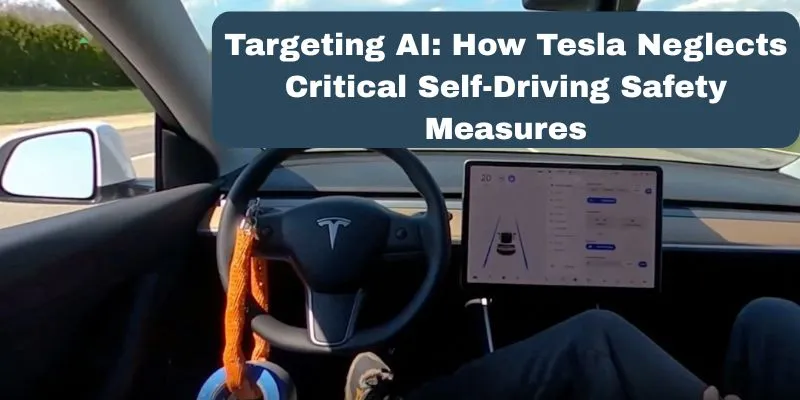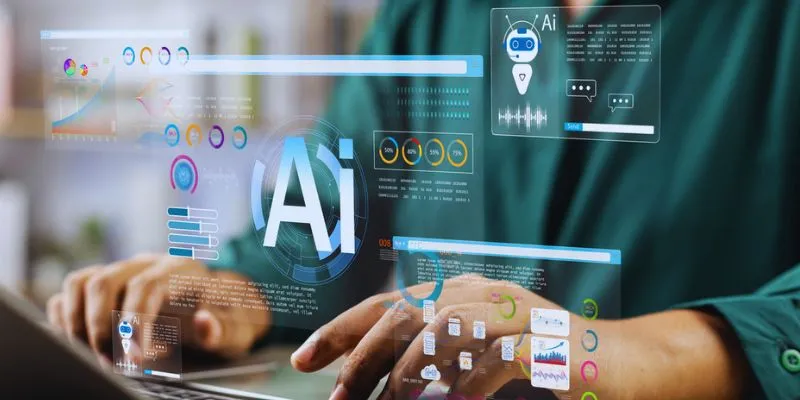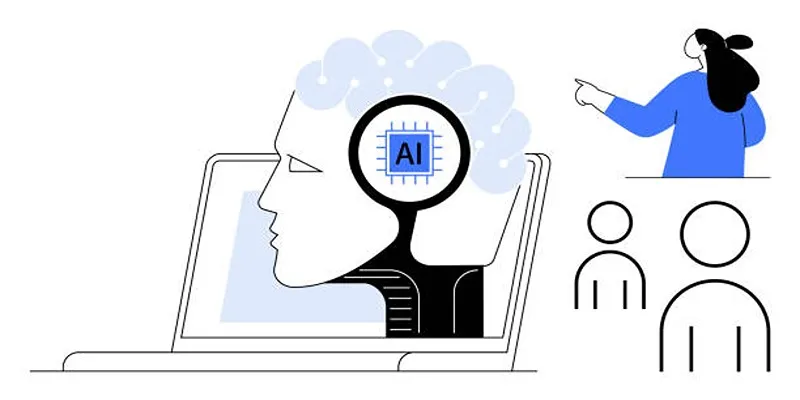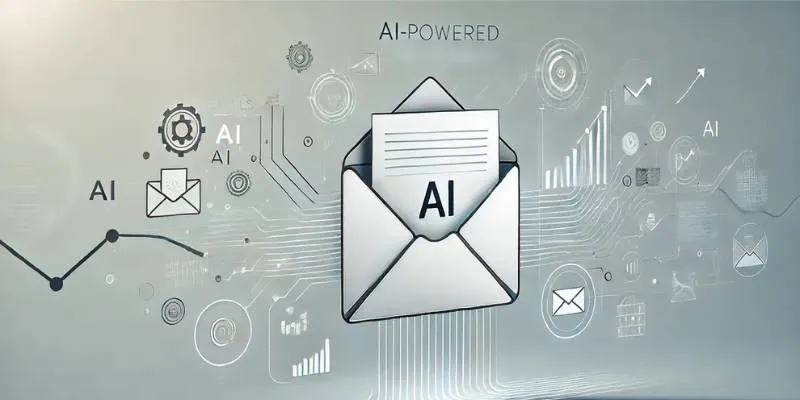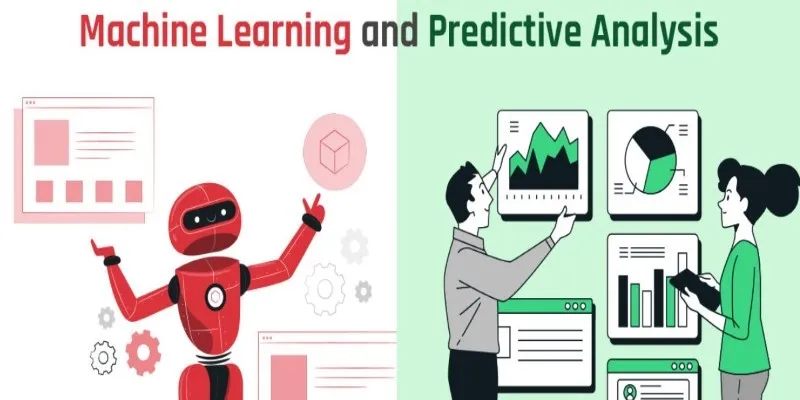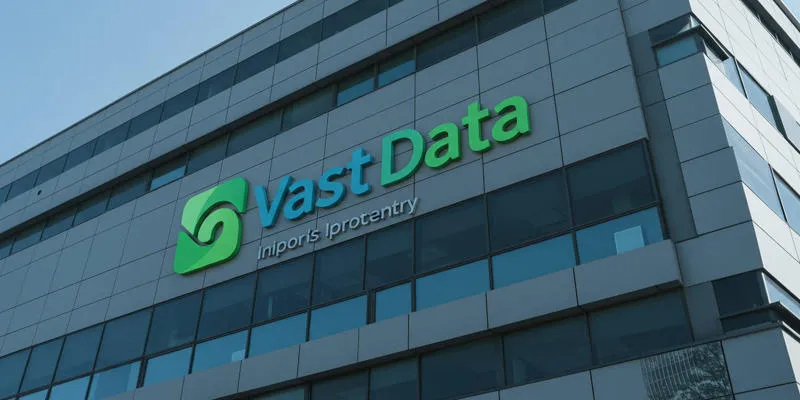Volkswagen has taken a bold step in the world of autonomous vehicles by announcing its own in-house AI-powered self-driving technology. This strategic move marks a significant shift away from reliance on external technology partners, allowing Volkswagen to maintain complete control over its development.
A Shift Toward Self-Reliance
For years, Volkswagen collaborated with outside tech companies to explore autonomous driving. While these partnerships provided valuable experience, they often came with trade-offs such as limited customization and innovation tied to another company’s roadmap. Now, Volkswagen is bringing the research and development of its AI-driven self-driving technology entirely in-house. This approach lets the company design systems specifically for its vehicles, tested to meet its rigorous standards and capable of adapting as technology and regulations evolve.
The decision underscores the advances in artificial intelligence, with contemporary machine learning models offering faster and more accurate pattern recognition and decision-making capabilities. Volkswagen is confident it has the right talent and tools to compete with traditional automakers and tech giants in developing smarter, safer autonomous systems. Its engineers are focused on creating algorithms capable of handling unpredictable, real-world situations, continuously improving with every mile driven.
By owning the process, Volkswagen can keep its innovations exclusive, emphasizing unique elements that set its cars apart in a crowded marketplace.
How the Technology Works
At the heart of Volkswagen’s AI-powered self-driving system is a robust artificial intelligence engine. This system processes data from a diverse array of sensors, including high-definition cameras, radar, lidar, and ultrasonic detectors. Together, these sensors provide a comprehensive view of the vehicle’s surroundings, identifying cars, pedestrians, cyclists, road signs, and lane markings in real-time.

The AI, trained on millions of miles of driving data, is adept at handling various conditions such as city streets, highways, sharp curves, and sudden stops. Its machine learning foundation allows it to continuously learn and improve through both simulations and real-world testing, making better decisions over time.
A standout feature of the system is its ability to anticipate the actions of others on the road. By predicting when a nearby car may change lanes or when a pedestrian might step off the curb, the AI enhances driving smoothness and safety, reducing the likelihood of accidents by acting preemptively.
The system adapts driving behavior based on weather, lighting, and road surface conditions, offering a level of adaptability that previous autonomous systems lacked. Initially, Volkswagen plans to use the technology for advanced driver-assistance features like lane centering, adaptive cruise control, and highway hands-free driving. As the system proves its safety, it may eventually support fully autonomous driving in certain areas.
Challenges and Advantages of Going In-House
Developing an in-house self-driving system presents several challenges, including significant investments in hardware, computing infrastructure, and expertise in robotics and data analysis. Ensuring reliable performance under all driving conditions is a major hurdle, with regulators demanding extensive safety proof.
Volkswagen has expanded its AI and software development teams, bringing together specialists to address these challenges. By developing everything internally, the company avoids the inefficiencies of adapting external systems to its vehicles and reduces long-term costs by eliminating licensing fees for external technology.
Control over the entire process allows Volkswagen to tailor the system to different markets, considering variations in driving habits, traffic laws, and infrastructure. This internal development enables faster updates and better integration with vehicle design, giving Volkswagen a competitive edge over companies relying on external providers.
This move is also about maintaining competitiveness in the long term. As cities rethink vehicle roles in urban life and demand for commercial applications like delivery vans and shuttles grows, Volkswagen will have a tested, adaptable platform ready to deploy.
The Road Ahead for Volkswagen
Volkswagen’s in-house AI-powered self-driving platform is part of its broader vision for the future. The company plans to introduce advanced features based on this system in its production vehicles within the next few years. Testing is already underway in Germany, with plans to expand trials to other countries as more data is collected.

Building driver trust is crucial to the rollout. Volkswagen insists on introducing autonomous features only when they are proven safe and reliable, leveraging real-world testing and advanced simulations to refine the system before customer release.
The technology is not limited to personal vehicles; Volkswagen sees potential for the AI platform in self-driving commercial vehicles like delivery trucks and shared shuttles. These could help reduce congestion, improve business efficiency, and meet the rising demand for smarter urban transportation.
By developing the system in-house, Volkswagen is positioning itself not just as an automaker but as a future mobility solutions provider. This strategy demonstrates Volkswagen’s intent to remain competitive in a changing industry while maintaining control over its innovation.
Conclusion
Volkswagen’s move to develop in-house AI-powered self-driving technology reflects its confidence in meeting future vehicle demands. This approach allows for greater control, innovation, and customization while preparing for a world where autonomous vehicles are more common. By addressing challenges directly, Volkswagen focuses on long-term safety and competitiveness. The success of this strategy will unfold over time, but it clearly demonstrates the company’s determination to define its path in the evolving automotive industry.
 zfn9
zfn9










